f/8 and Be There: The Meaning of the Photography Expression
![]()
The first time photographers come across the expression “f/8 and be there,” many questions cross their minds — what exactly does this phrase mean? What is its relevance to photography? Why was this phrase put together in the first place?
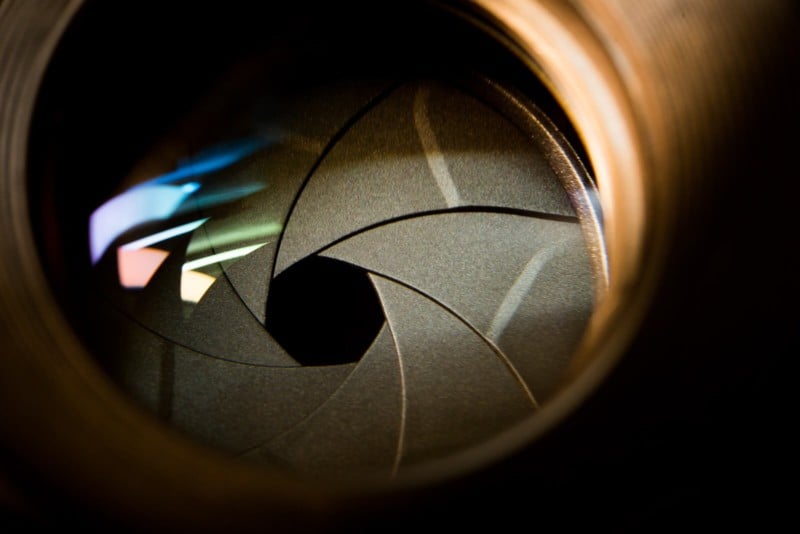
Origin of the Expression ‘f/8 and Be There’
The expression “f/8 and be there” is most often attributed to the famous street photographer Arthur Fellig (also known as Weegee). The phrase was widely used in the film photography era and is popular even today. Now the question is, why f/8 of all the different aperture values?
Here’s why: back then, when lenses were manufactured, f/8 was often considered the best default aperture to use during shoots, as it provided sharp images with a decently wide depth of field. In just a word, Weegee gave us the easiest way to capture crisp, clear, and perfect photographs in most situations.
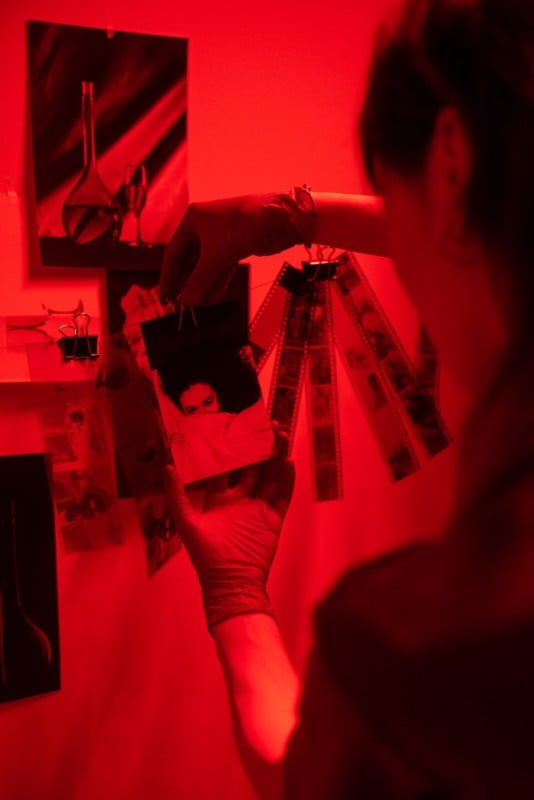
Coming to the ‘be there’ part, this signifies the dynamism of the art of photography. There can be many different possibilities in a single frame or different shooting scenarios, but they’ll be useless if the photographer isn’t around to capture these unique subjects.
‘Being there’ is essential: photographers cannot click stunning photos sitting in the comfort of their homes. It’s important to go out there, explore and seek interesting subjects to capture.
Weegee took the ‘be there’ part pretty seriously. He was known to compete against the police to be the first to report to crime scenes and disasters in New York. He arrived at such scenes much before his rivals, and that’s precisely how he made a living and a career made famous as a crime scene photographer.
f/8 From a Technical Perspective
When the lens aperture is set to f/8, a photographer often finds themselves in the “sweet spot” of sharpness and depth of field, and this middle ground is well-suited for almost all shooting scenarios and conditions.
Maximum sharpness in a lens is typically achieved around two to three stops down from wide open, and generations of photographers have used a rule of thumb of shooting between f/8 and f/11 for optimal sharpness. This range avoids the issues of aberrations found at larger apertures and diffraction found at smaller apertures.
f/8 also provides a friendly depth of field, which helps photographers capture subjects with acceptable sharpness both closer to the camera and farther away, so even if the photographer isn’t nailing the focal plane on the desired subject, the depth of field rendered will ensure that the subject is still in focus.
The combination of an f/8 aperture and the shutter speed set to a “general purpose” speed gives the photographer the much-required flexibility required during shooting. It is also perfect for capturing shots in dynamic, high-action shooting scenarios. For instance, the f/8 aperture can typically capture subjects in motion when paired with fast aperture speeds of around 1/1000 of a second.
With the right general purpose camera settings, photographers can completely ignore their camera and rather ‘be there’ and focus on the surroundings. So if a photographer finds something interesting, and the aperture is set to f/8, there shouldn’t be a worry in the world about adjusting the camera settings.
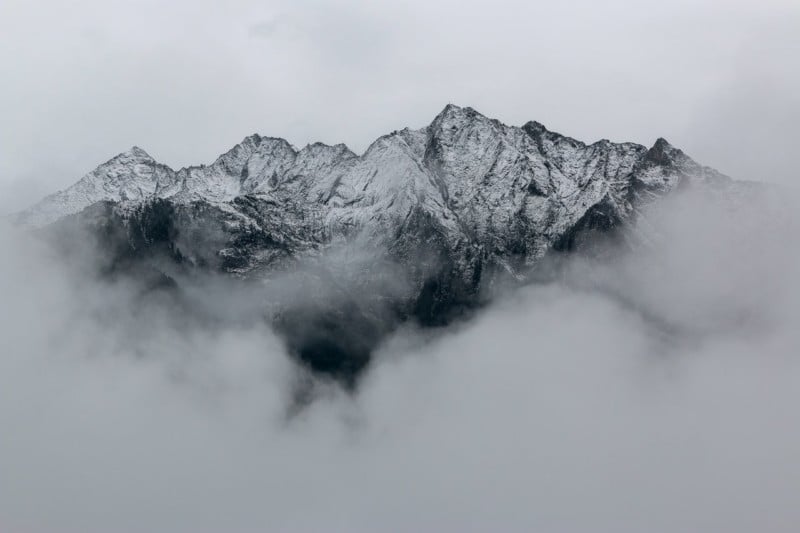
Application of ‘f/8 and Be There’ in Different Genres
With the f/8 aperture, there are minimal technical details to think about and fiddle with. Photographers are free to capture what they find interesting from a unique perspective. That’s precisely how some photographers have captured their best shots — with some basic camera settings and, most importantly, by just being there.
Street photography may be the best of all the diverse applications of the f/8 aperture. There’s so much on the streets; they’re always buzzing with activity. Finding interesting subjects is easy on the street, but only if the photographer looks around intently and curiously to find something that catches their eye. Many street photographers set the lens at f/8 and go with the flow when capturing moments happening on the street.
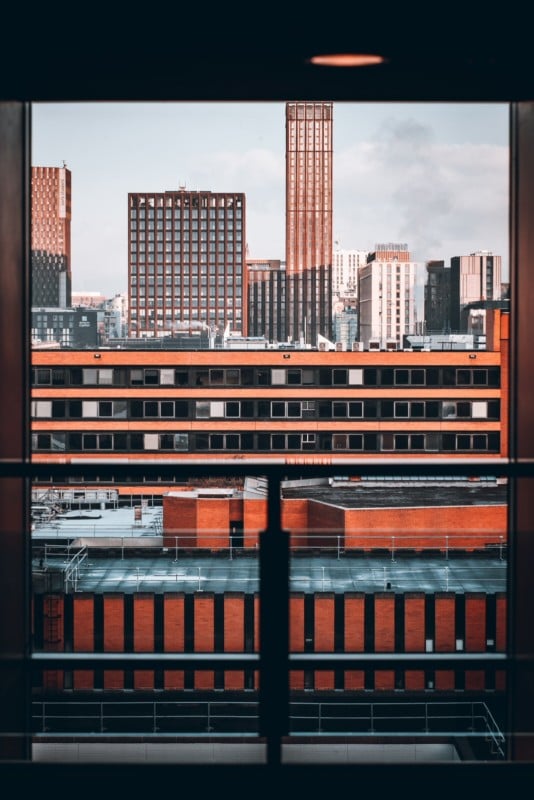
For beginners, f/8 is the perfect aperture to start with. Coupled with a photographer’s keen and curious photographic eye, the lens at f/8 can help new photographers capture some interesting shots right at the beginning of their photography journey. Nothing is more rewarding and motivating than capturing a sharp image free of blur without worrying about the exposure triangle.
Different Interpretations of ‘f/8 and Be There’
In the world of photography, everyone comes with a unique photographic vision and diverse perspectives. Just like with different eyes for the same scene, different photographers may interpret the expression ‘f/8 and be there’ differently.
Some interpret f/8 as “fate” (f+eight = fate). For these photographers, the fact that they’re present (or absent) at a particular site and have (or miss out on) the opportunity to capture a stunning shot isn’t just another coincidence — rather, it’s fate.
For yet others, “be there” means being in the present. So photographers traveling to a beautiful location or family wedding with a camera aren’t there just to capture pictures — they also need to be in the moment, cherishing those precious moments with loved ones. And “f/8 and be there” is just a beautiful reminder that photographers can capture mesmerizing photographs without obsessing over the technical aspects.
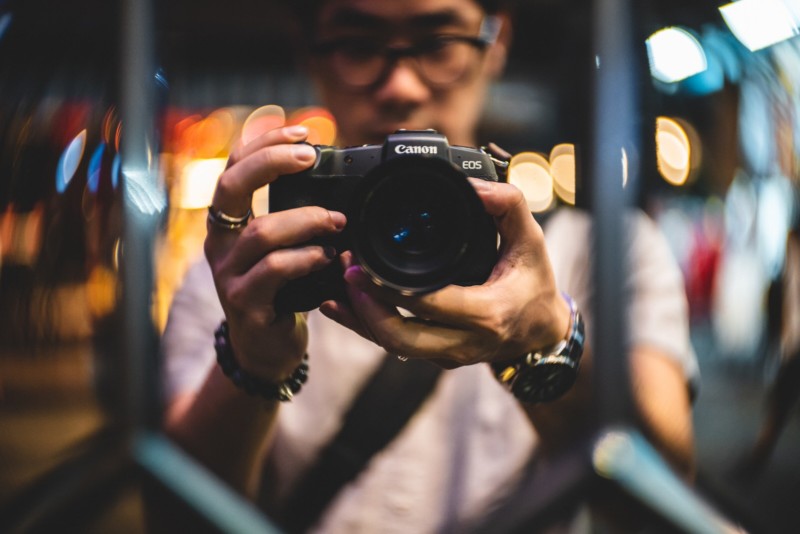
Final Thoughts
Setting the lens at f/8 aperture and going about creating magic is the easiest way to stick to the “f/8 and be there” expression. Not all shots will be perfect and there’s no point in fussing over the imperfect shots. Instead, it’s best to go with the flow, be there in the surroundings, and photographers will surely find something worth capturing.
The “f/8 and be there” mantra works wonders for beginners and professionals who are sticklers for the right technicalities and perfect shots. This is a perfect reminder for photographers to let go at times and let f/8 take out the guesswork.
About the author: Leigh Diprose is a business owner and full-time writer in the imaging industry whose passion is to share knowledge. The opinions expressed in this article are solely those of the author. His published work has been featured by top imaging wholesalers and leading imaging retailers in over 14 countries.
Image credits: Header photo by Roy Koch Sr. and licensed under CC BY-SA 4.0